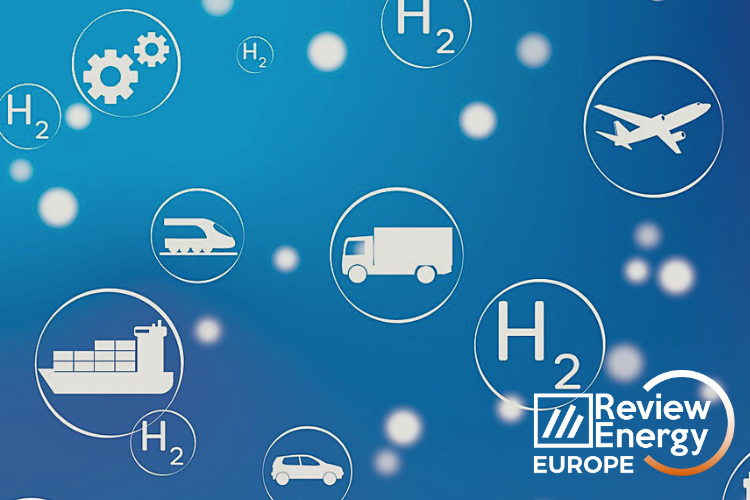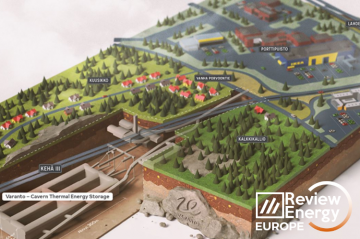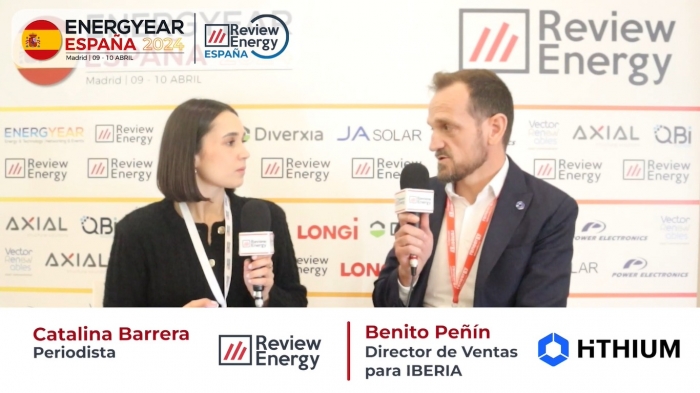
Europe maps out a pathway for transition to renewable gases and hydrogen
The Council agreed on its negotiating positions ('general approaches') on two proposals that set common internal market rules for renewable and natural gases and hydrogen. The purpose of the legislation is to design the transition of the gas sector towards renewable and low-carbon gases, in particular biomethane and hydrogen, in view of reaching the EU’s goal of climate neutrality in 2050.
“I’m glad we have found a balanced agreement on the gas package. Europe is on a journey to shift away from natural gas to renewable and low-carbon gases and we have to create the right market conditions for that to happen, in a way that promotes competitiveness, protects consumers and advances our climate-neutrality objective for 2050”, said Ebba Busch, Swedish Minister for energy, business and industry.
The hydrogen and gas markets decarbonisation package consists of a proposal for a regulation and for a directive that set common internal market rules for renewable and natural gases and hydrogen. The proposals aim at creating a regulatory framework for dedicated hydrogen infrastructure and markets and integrated network planning. They also set rules for consumers protection and strengthen security of supply.
Main changes brought by the Council to the regulation
The Council clarified the rules for tariffs and tariff discounts for hydrogen and renewable gases seeking to access the gas grid and gave more flexibility to member states for setting them. It differentiated between tariff discounts for renewable (100%) and low-carbon gases (75%) in the natural gas system.
Regarding the certification of storage system operators, the general approach integrates the provisions of the gas storage regulation adopted in June 2022 into the text. It introduces a 100% discount to capacity-based transmission and distribution tariffs to underground gas storage facilities and LNG facilities.
The general approach allows for the blending of hydrogen into the natural gas system of up to 2% by volume (instead of 5%) in order to ensure a harmonised quality of gas.
The Council added a security clause allowing member states to take proportionate measures to temporarily limit imports from Belarus and Russia.
In addition, a review clause will look into potential rules for future Transmission System Operators and Distribution System Operators in the hydrogen market, once the hydrogen infrastructure and market is more developed.
The Council removed many of the provisions regarding security of supply as they are covered under various emergency legislations adopted in 2022, leaving space for further alignment in the future.
Main changes brought by the Council to the directive
The general approach added reference to the fossil fuel comparator set in the renewable energies directive to the ‘low-carbon’ definitions to ensure a level playing field in assessing the full greenhouse gas emissions footprint of different gases.
Regarding the unbundling of future hydrogen networks, Member States kept full ownership unbundling as the default model, while allowing the independent transmission system operator model (where energy supply companies may still own and operate networks but must use a subsidiary), under certain conditions.
While keeping the strong ambition for customer protection, the Council made various changes to the consumer-related provisions, regarding provision of information, facility of switching suppliers and termination in case of bundled offers. Member States will have more flexibility regarding the deployment of smart metering systems.
Also, the Council extended the transition phase for implementing detailed rules for hydrogen till 2035 and added the possibility for public intervention in price setting in case of an emergency situation, mirroring provisions in the proposal for the electricity market design review currently under discussion. This reference would be adapted according to the outcome of negotiations on the electricity market design.
Hydrogen Europe welcomed the plan to set up a dedicated organisation of hydrogen network operators, named ENNOH (European Network of Network Operators for Hydrogen), to oversee infrastructure planning at the European level and to develop future network codes. The rules proposed on vertical unbundling will allow a faster uptake of hydrogen infrastructure because they allow various unbundling models to co-exist in the hydrogen sector, enabling today’s gas operators to invest into hydrogen infrastructure too. We also welcome the flexibility for member states to decide between regulated and negotiated third-party access (TPA) to hydrogen pipelines, salt caverns, aquifers, depleted gas fields, and terminals.
“This general approach on the hydrogen and decarbonised gas market package is a good start for the future of a truly European hydrogen market enabled by a common and interconnected infrastructure. However, we are concerned by the absence of a separate regulatory structure for transmission and distribution operators and the emphasis on horizontal unbundling, which places hydrogen at a disadvantage compared with natural gas and electricity,” said Daniel Fraile, Chief Policy Officer at Hydrogen Europe.
“We call on legislators to replicate the existing rules for the distribution of natural gas to the hydrogen sector. We also encourage policy makers to accelerate the process to define low-carbon hydrogen by retaining the six-month deadline for the adoption of the Delegated Acts on low-carbon fuels methodology, in line with the parliamentary position,” he added.

.gif)







Comentarios
Sé el primero en comentar...